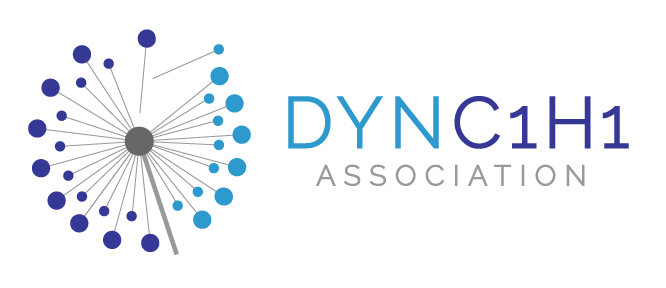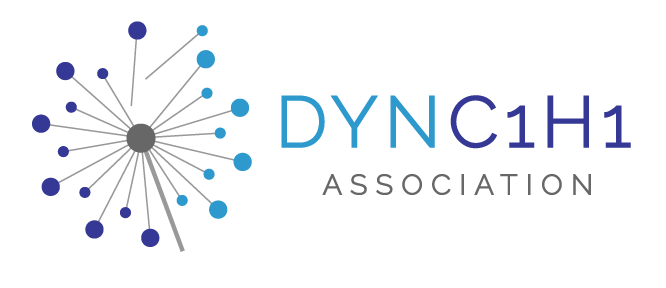Research Updates
Read about the latest DYNC1H1 Research updates
Clinicians are working hard to build knowledge of DYNC1H1 Associated Disorders, and none of this would be possible without the patients and families who are stepping up to be a part of these studies.
We thank you.

Insights into the Diagnostic Odyssey part 2: Medical Procedures
Insights into the Diagnostic Odyssey part 2: Medical Procedures
Introduction
Navigating the diagnostic odyssey for DYNC1H1 Associated Neurological Disorder (DAND) patients can be a long and emotionally taxing journey that involves children and their caregivers. Procedures like EEGs, blood draws, and MRIs are often essential steps in this process, providing critical information for diagnosis and treatment. These interventions, while vital, can evoke significant emotional responses, adding to the already challenging experience of uncertain health conditions.
As a part of the Diagnostic Odyssey survey sent to members of the Patient Contact Registry, the DYNC1H1 Association asked for patient experiences on their journey as a medical complex patient in order to better design future studies and help pharmaceutical companies understand the powerful amount of data already available in each person’s medical history.
Below, we’ll describe some of the most common procedures patients experience in both the reasoning behind them and their emotional impact.

Major Publication: Moller et al, 2024
The results of a DYNC1H1 observational study with the goal of establishing a clinical trajectory of the disease has been published! This study followed 47 patients, some of whom were recruited with the help of the DA. The statistics of symptoms are fairly close to those from the DA’s Diagnostic Odyssey survey, with lots of increased detail into patent symptoms and development.

